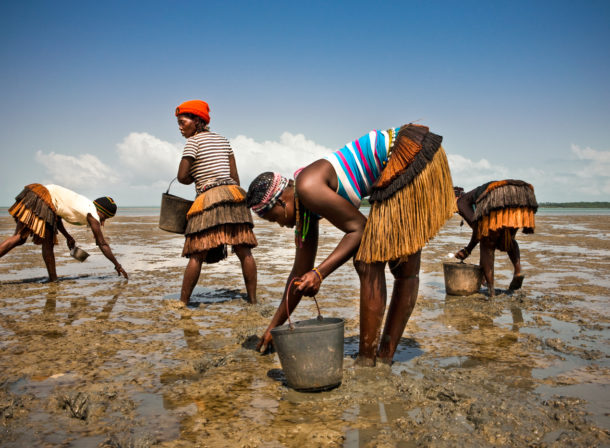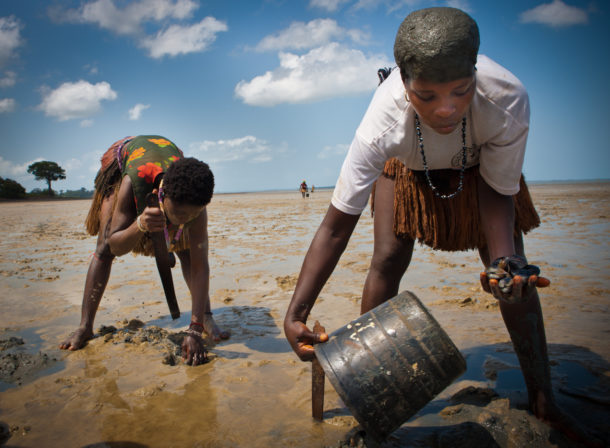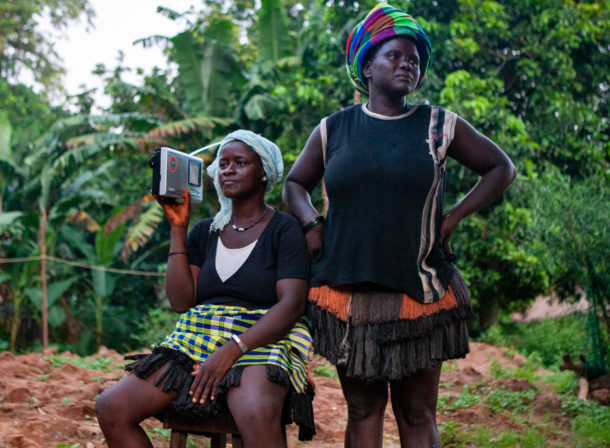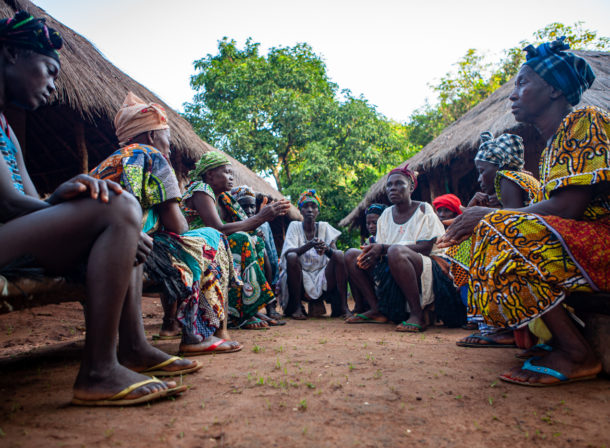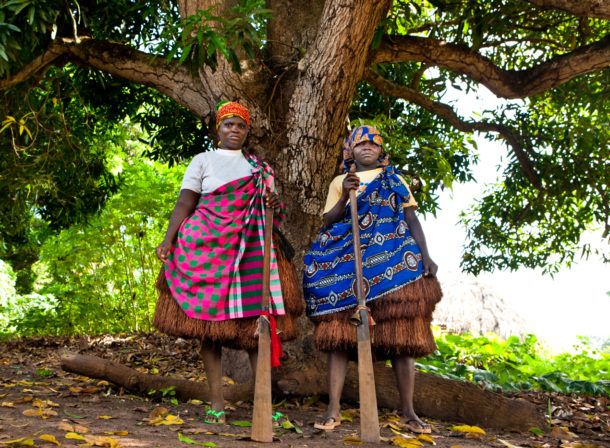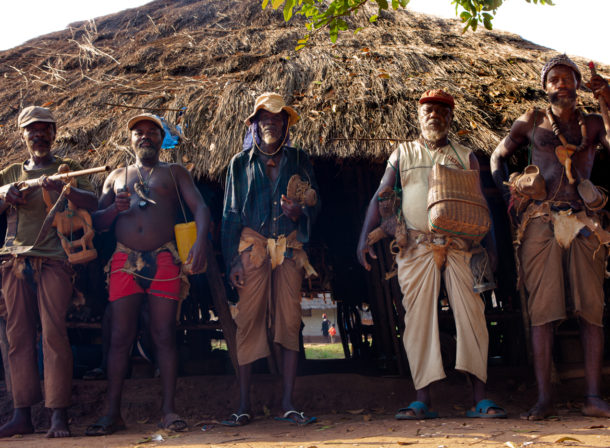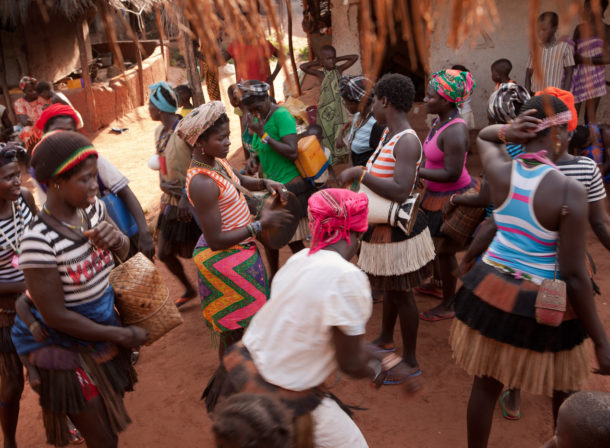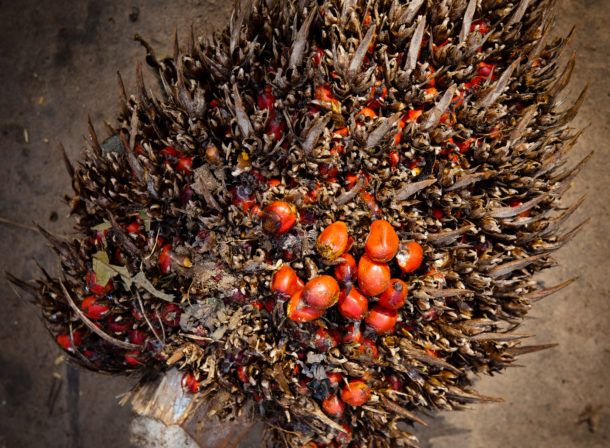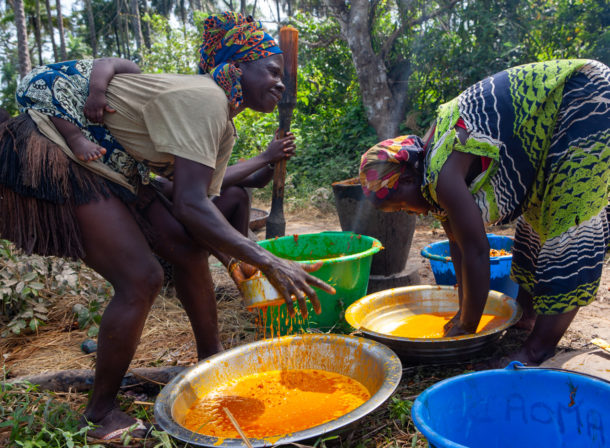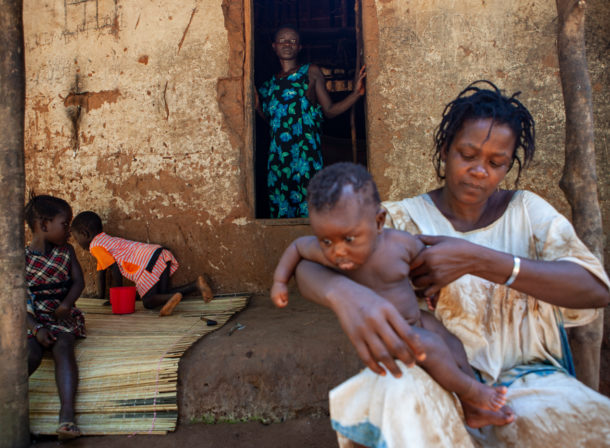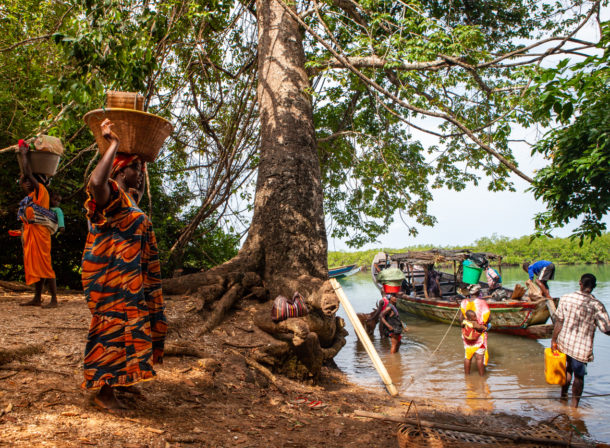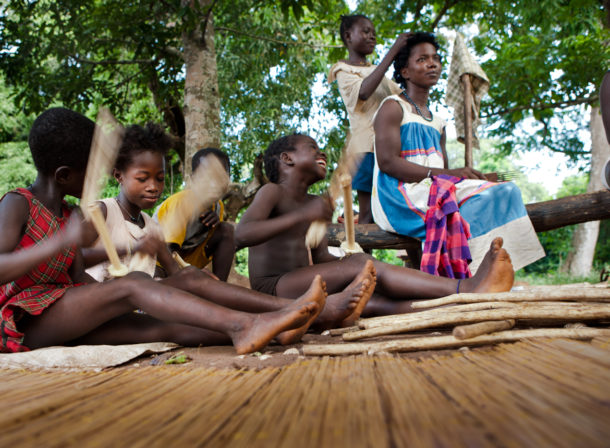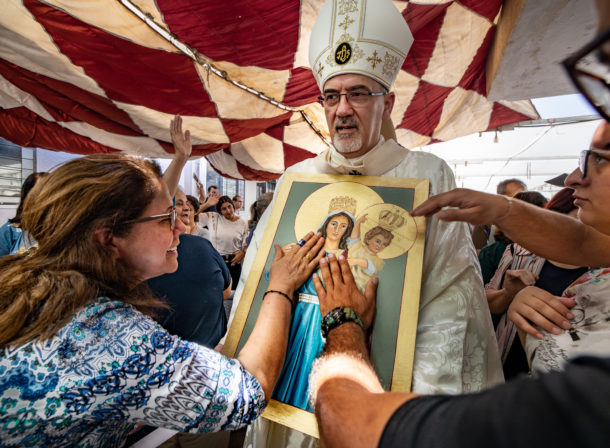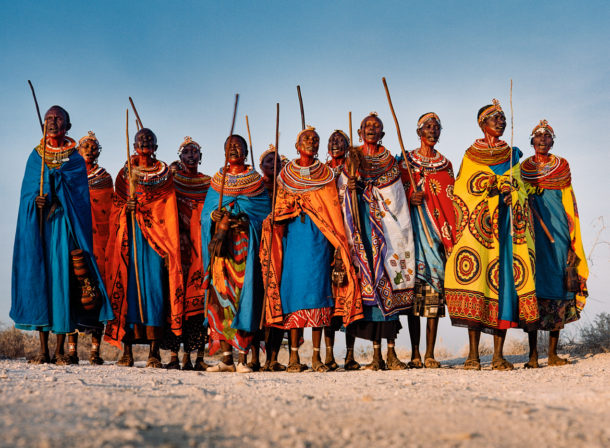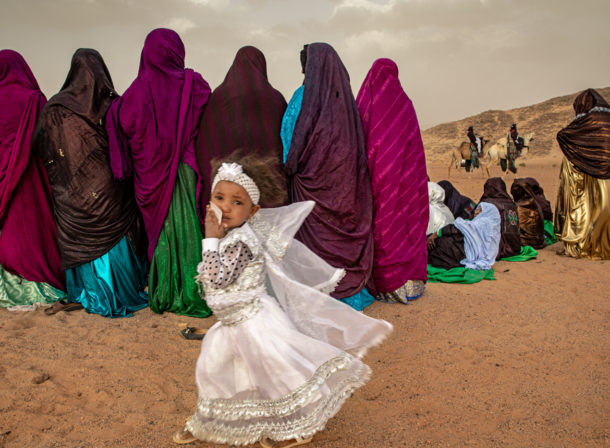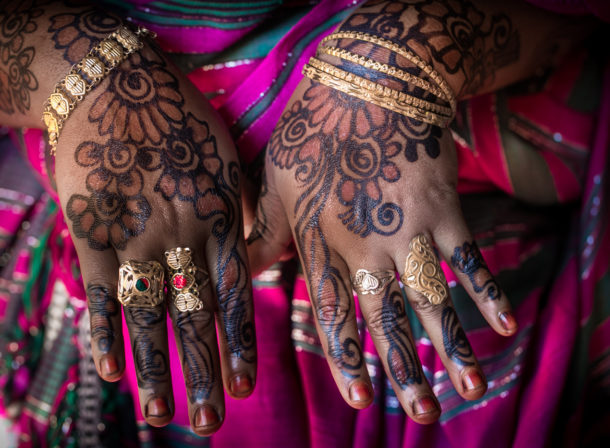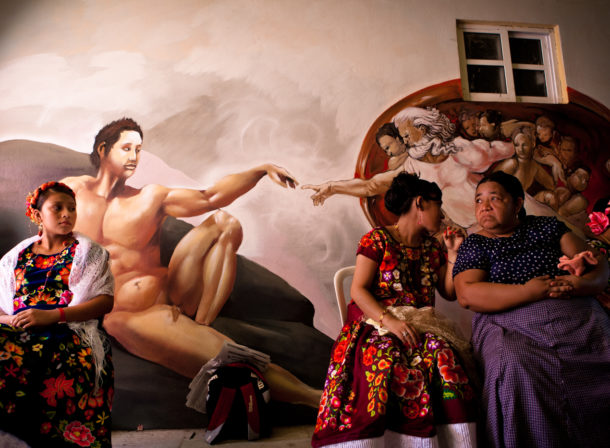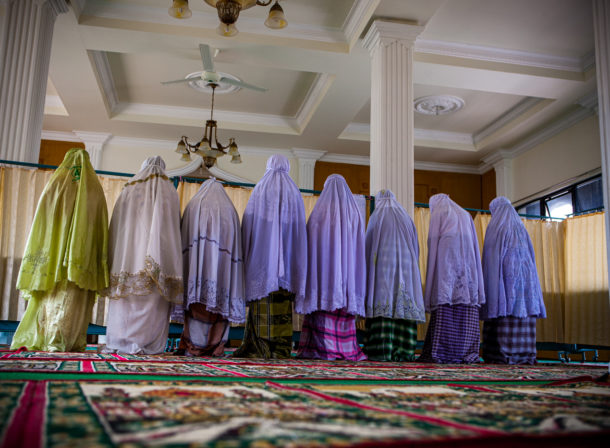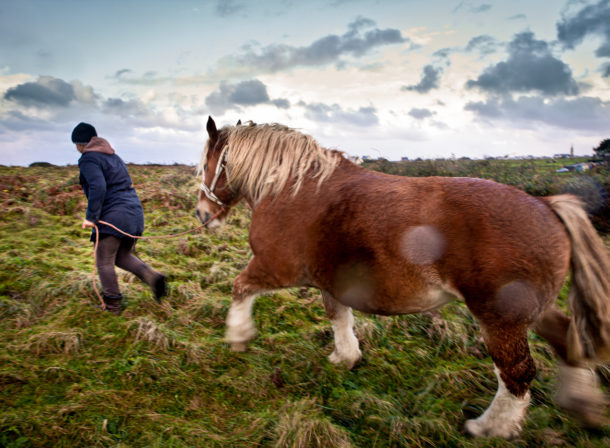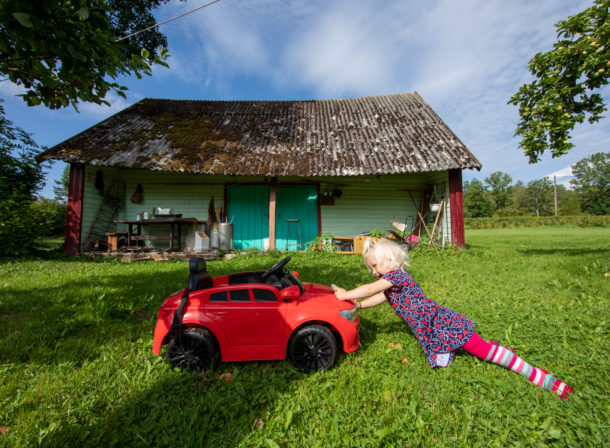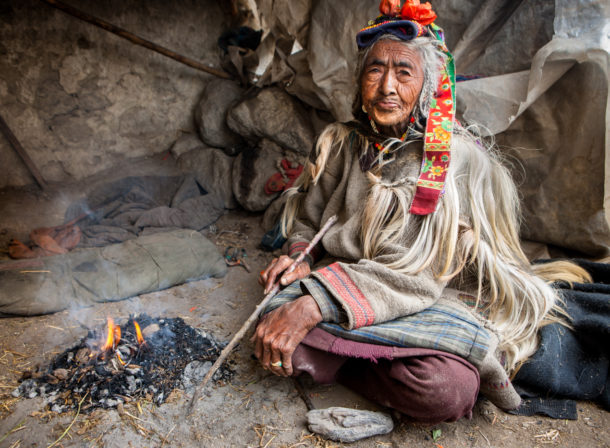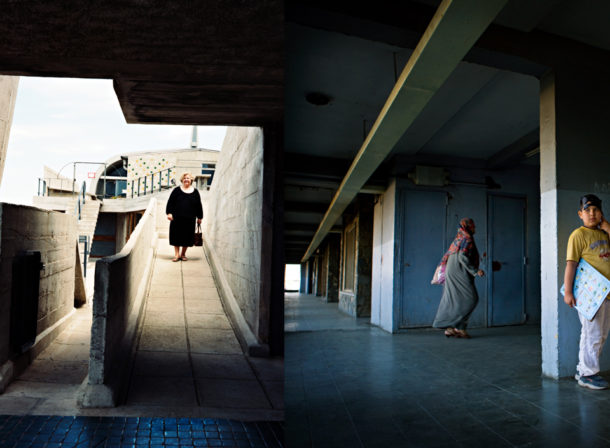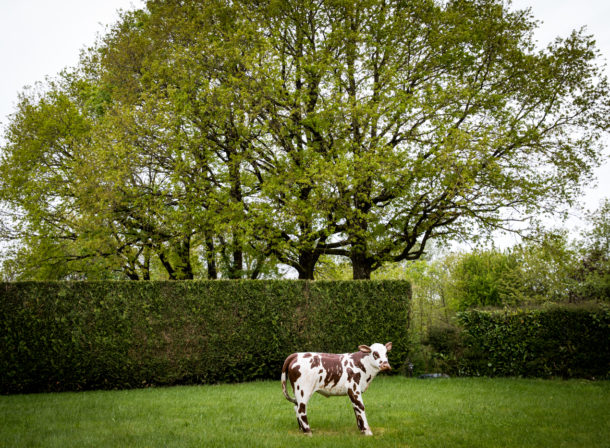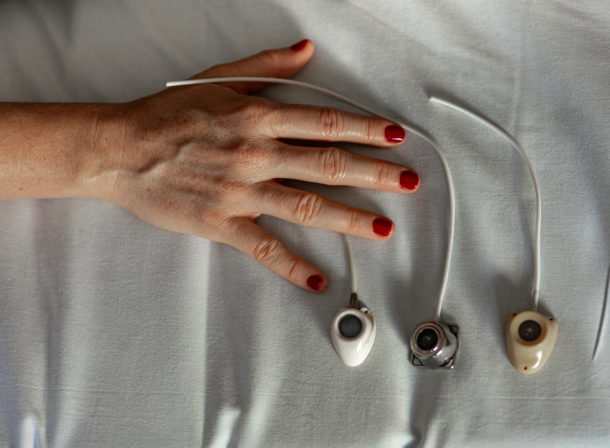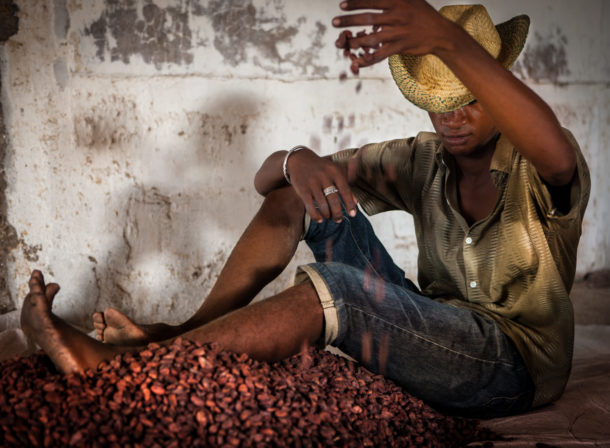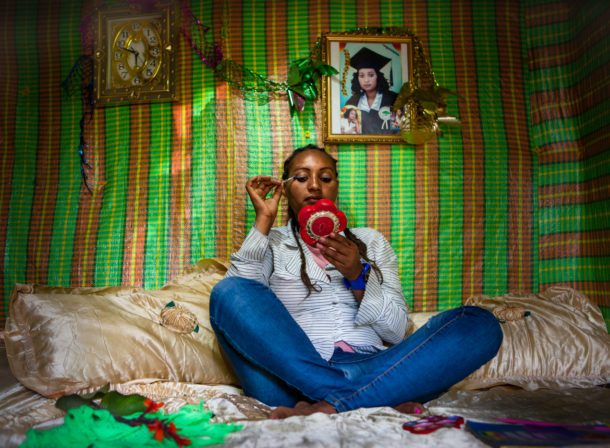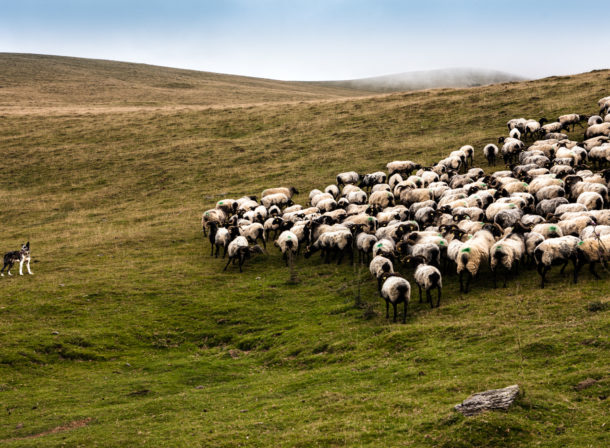Lost in the midst of hundreds of islands and islets of the Bijagos archipelago, off the coast of Guinea Bissau, of which only twenty are inhabited, Canhabaque - 3,500 inhabitants - is known for a way of life from which modernity has taken nothing away from its traditional character. The island is said to be the first that the Bijago people, coming from the south of the continent, would have chosen to populate. According to the legend, the first bijago woman had four daughters at the origin of the four clans that form today’s bijago society (Oraga, Ominca, Ogubane and Orácuma). The belonging to the clan is transmitted matrilineally.
The Bijago are convinced that each person has a mission on earth, a vocation that is not their choice, but that God has revealed to them. To achieve this mission, the individual is helped by the female goddess Motó, whose domain is Earth, and by the male God Nindo who resides in Heaven.
In Canhabaque, just like on the other islands of the archipelago, the woman is sovereign. She carries the strong and sacred values of the bijago culture. She chooses her companion, assigns her clan to her descendants, builds and owns the house that shelters her family, reigns over the spiritual world by welcoming the spirit of dead men into her, and manages the division of labor and the balance of power.
Finally, regardless of any personal conflicts, she ensures the safeguard of the bijago system, which has always been based on sharing and fairness. This is because the survival of the culture is based on two principles: the circulation of goods and spiritual forces between the young and the old, and between men and women. The Bijago call the vital principle that defines these links arebuko.
She can be distinguished from afar. She is the queen and, as such, she reigns over the women of the island of Canhabaque, just as the king reigns over the men, without any bond between the two. Political power is thus distributed equitably. The two rulers are chosen according to their age from the numerically dominant clan.
Membership of one of the four clans is passed on through women. They have their house built and own it. If the oldest child is a girl, it is a sign that the family is going to grow as she is destined to stay at home and will likely have more children.
One of the main rites of passage for the Bijagos is called fanado. It is based on the idea that as men are born incomplete, they need to learn to respect women, to make connections with nature such as knowledge of the tides and the influence of the stars on living things ...
Welcoming deceased young men into their bodies is the main ritual that women go through, in the process endowing them with a unique and secret connection with the afterlife. This is where the foundation for the essential balance and harmony of community lies. At the end of this ritual they are granted the title of "Great Woman". The women also manage the sentimental life of the group, insofar as they get to choose their husband. Here, one of them collects seashells from the beach which she will then cook and dispose in front of the lucky chosen's hut. The man’s role is passive as he lets himself be elected by the woman.
The Bijagos, who symbolize resistance, have never, in five centuries of colonization, submitted to the Portuguese. They kept fighting continuously against the invaders, with the very active participation of women, until their independence in 1973, which was not recognized until after the Carnation Revolution in 1974 and the fall of the Antonio Salazar’s regime.
The women's council is reserved for those who have finished their initiation and have in turn trained their younger daughters, the akato bowa. This body deals with decisions that affect public life, including conflict resolution, the conduct of rituals and respect for traditions. This explains why women always make sure that no one can accumulate too much power.
Being able to become a mother gives every woman the opportunity to come into contact with the spiritual world. The being she gives birth to is the reincarnation of a spirit. This power over life - and therefore over death - confers prestige on her and inspires respect,mingled with a certain fear, to the whole community.
Several periods of sexual abstinence follow one another throughout the lives of men - as well as women. Men must remain chaste when they submit to the fanado ritual of passage in the bush: they cannot talk to women or share their food. In Canhabaque, this period can last up to seven or eight years. As for women, they are obliged to abstain during the three years of breastfeeding and also when they are elected priestesses.
The Bijagos do not have a romantic view of love, and loyalty is not a core value. They unite at two different times in their lives: in their prime the union lasts for a short time, while at middle age the union becomes permanent and above all sacred. The woman chooses her husband or partner. She is also the one who decides when to separate.
Nature is generous with the Bijagos. They have everything at their fingertips: cultivated and picked fruits and vegetables, rice fields, fish… Their whole social life is based on a circular system, consisting of giving each other gifts. Little money circulates in Canhabaque. Thus, during an initiation rite, the young men offer food and objects to the elders, who in turn pass on their knowledge to them.
The Bijagos exchange food, sacred objects, rituals, words, names, decorations, tools ... but also palm oil. This oil is one of the few resources that generates cash. The women go to sell it in the markets in Bubaque or Bissau. Not wanting to arouse jealousy, the money is not used to improve their living environment.
_AN_1605 It is through exchange that the Bijagos create the social bond, born of trust, solidarity, equality and assistance that allow this society to function in the absence of state institutions.
The villages (tabanca) are located in the interior of the island, far from the coast, a habit that dates back to the days of hiding from dangerous Portuguese ships. The Bijagos felt safe in the forest, because it was a ground the colonials never ventured into.
On the island of Canhabaque, we see some cases of polyandry as well as polygamy. However, in the case of a second marriage, the first wife must give her consent, and each woman lives separately.
The house is passed down from mother to daughter, thus it is the man who moves in with his wife when he gets married, not the other way around. She is the head of the family and her children are linked to her clan. In the event of divorce, the man has no rights over them.
The division of labor is based on the difference of sex: the man works in the bush (an'oka) where he finds the fruits of the palm trees; he cultivates rice and practices sea fishing. The woman transforms palm oil and collects products from the vegetable garden and shellfish on the beaches; she builds houses, sews traditional skirts, guards the sanctuary and educates children.



